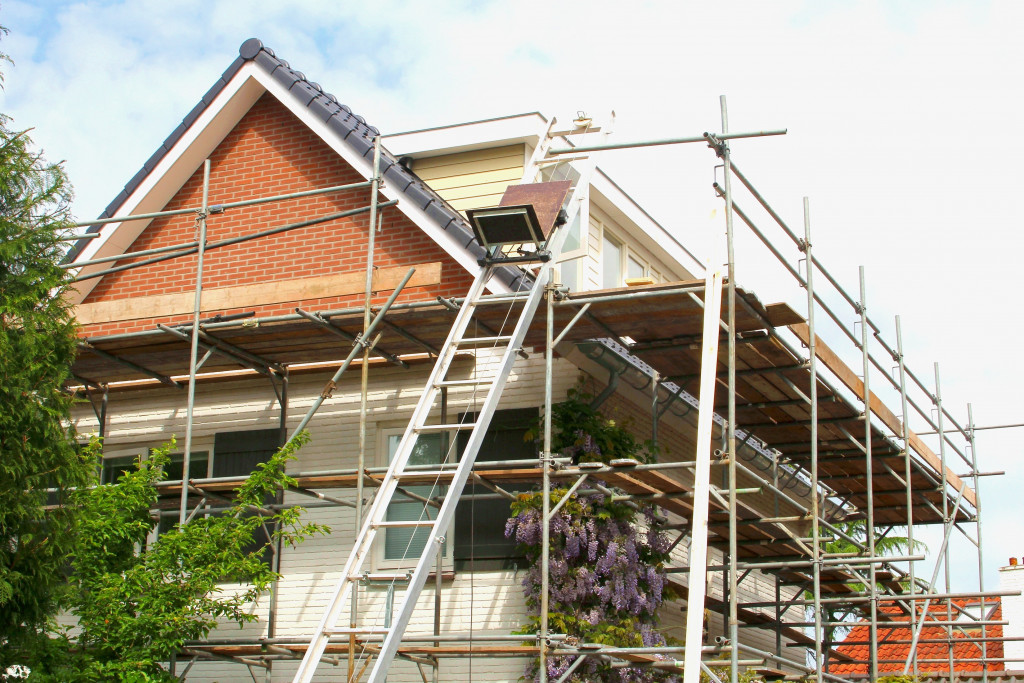Saving up just enough to finally build a house of their own is an achievement anyone would wish to unlock. Once the house is ticked off one’s financial goals, they can focus more on bigger ones. No matter how exciting it is to commence a housing project, it is still important to take caution every step you take.
It is tempting to streamline a house’s construction because it saves time and, in turn, on the amount you need to spend on labor and materials. But many fall into the trap of substandard construction work, which sets the house up for perpetual retrofitting and remedial works, costing the owner more than the original. The headache it could cause someone who financed their house with the help of a home loan is just as unimaginable.
Regardless of financial standing, anyone would know how precious money is. To intertwine this principle with one’s wish to build the house of his dreams entails placing equal priority between the cost-effectiveness of the project and how well the finished work fulfills his needs and inspires him to strive for his life goals. With that, the aesthetics of a house largely contributes to one’s living satisfaction.
But, there are so-called non-negotiable elements a future homeowner needs to remember. Setting aside any of these is an ingredient to a disastrous finished product, making living in the new house all but worthwhile. That said, the following should never be left out in a residential construction project, more so if it is in the name of making the house pleasant to the eyes:
Ventilation
Ventilation can be roughly categorized into natural and mechanical. And, trust us on this one, you want to promote more natural ventilation because artificially setting up a continuous airflow in the house costs a lot more. It takes well-thought placement of windows and air vents on all four corners of the house to achieve the most cost-efficient natural ventilation.
As a rule of thumb, the best natural ventilation is founded on the positioning of the house. You can research the predominant direction of wind flow in the area you are building your house in and decide to place your main windows for air inflow against the said direction. On the opposite side of the said windows, of course, you have to provide the equivalent outflow windows.
You want to set the inflow windows at a lower height than the outflow ones because cooler air tends to travel low, while hotter air escapes on a relatively higher altitude. While you can make do with the basics, you should install the window types that are appropriate for the air quality in your area. Residents in less polluted areas have more luxury to keep their windows open and consistently enjoy fresh and well-circulated air indoors.
On the other hand, people living in more polluted residential areas or those prone to annual wildfires may need to frequently shut their windows. Sadly, keeping rooms airtight for long is susceptible to perpetual mold growth and the concentration of allergens and even aerosolized disease-causing bacteria and viruses. This is when mechanical ventilation such as air conditioning and HEPA filters come into the picture.

Lighting
Just like ventilation, you also want to let natural light into your abode as possible, and so you can limit your electricity usage during the day. Again, the placement and sizing of your windows are key in achieving optimal natural lighting. If you are living somewhere arid, then roof lights are a very viable choice.
Another effective tip is to place as many windows as you can on the side of your house facing east, and so you can allow as much light into your house while keeping the sun from making your house too hot during the day. That said, you also need to place rooms such as your kitchen, dining, and living room somewhere that favors the eastern side of the house because in these rooms, you perform morning activities.
The Tiniest Details
How straight the wall edges were shaped and how even and flawless the walls were painted are just some superficial details you want to be keen on before the house is handed over to you. No matter how small these details are, they contribute so much to how sophisticated your house feels. If you let past tiny mistakes like paint drops on the floor or unevenly paved walls, you will notice these and be irritated by them every day of your life in that house.
You also have to pay notice to tiny fixtures such as the consistency of handles used for cabinetry, the workmanship of gaskets, hinges, levers, and electrical outlets, and the grouting of tiles. How your roof will be angled is also worth brainstorming for before making it final. A roof should be the most functional as to flush down all rainwater so no water is puddling up there, therefore, causing leakage into the house.
A house is worth living in if it allows you to relax as much as you can. What makes living in a house more worthwhile is that it is well-built so that no part falls apart so soon, it is easy to clean, and it keeps you healthy and safe.



